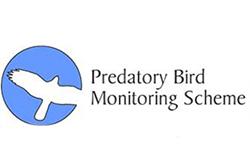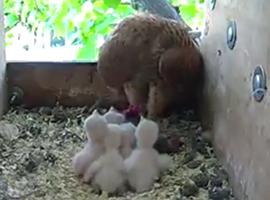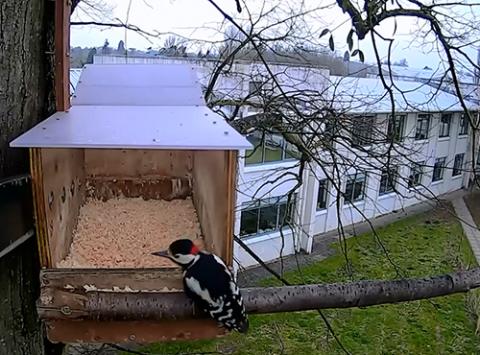The first egg was laid on 17 April, the earliest laying date (by four days) since we started monitoring the kestrel box. The second egg followed on 19 April; the third egg on 21 April; a fourth egg on 23 April and a fifth egg on 25 April.
The first kestrel chick emerged from its egg on 20 May, the earliest hatching date since we started monitoring in 2015 (with no data for 2020). All five chicks had hatched by 23 May, and all five chicks successfully fledged.
Twitter updates



